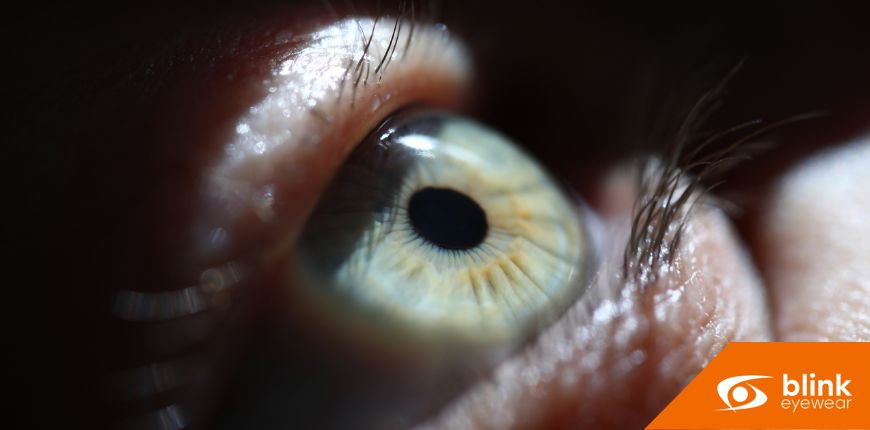
Retinal detachment is an ocular emergency that occurs when the retina separates from its normal position, threatening vision. This article explores the condition's causes, such as aging, trauma, and certain diseases, alongside symptoms like flashes of light, floaters, and a shadow over the field of vision. Emphasizing the urgency of treatment to prevent permanent vision loss, it outlines the necessity for immediate surgical intervention. Understanding, early detection, and quick action are crucial in addressing retinal detachment, with the aim of preserving eye health and preventing irreversible damage.
Retinal detachment is a serious ocular condition that can lead to permanent vision loss if not treated promptly. Understanding its causes, recognizing the symptoms early, and appreciating the urgency for treatment are crucial steps in preventing long-term damage to one's vision. This guide aims to shed light on this eye emergency, providing vital information to help individuals identify and respond to this condition effectively.
Given the potential for significant visual impairment, being informed about retinal detachment is essential for timely intervention. This article serves as a comprehensive resource for understanding the nuances of retinal detachment, emphasizing the importance of awareness and quick action in preserving eye health.
The Causes of Retinal Detachment
Retinal detachment occurs when the retina, the light-sensitive layer of tissue at the back of the inner eye, is pulled or lifted from its normal position. It is not an everyday occurrence and usually involves a combination of factors. One primary cause is a retinal break or tear. This can happen spontaneously due to a high degree of nearsightedness, where the retina is naturally more stretched and thin, making it more susceptible to tearing. Trauma to the eye or head can also lead to this condition, as can complications from cataract surgery or other eye procedures. Age-related changes in the vitreous, the gel-like substance inside the eye, often contribute as well, particularly when the vitreous shrinks and pulls on the retina with enough force to create a tear.
Recognizing the Symptoms
The symptoms of retinal detachment can be subtle and easy to overlook, but early detection is key to preventing severe visual loss. One of the first signs might be the sudden appearance of many floaters — tiny specks or lines that move through your field of vision. While a few floaters are common, a shower of new ones can indicate a serious problem. Another warning sign is the perception of flashes of light in one or both eyes, often described as seeing "stars" from a sudden head movement. Additionally, a significant symptom to be aware of is a shadow or curtain that appears to fall across the field of vision in one eye. This could suggest that the retina has already begun to detach, and immediate treatment is necessary.
Understanding the Urgency
The urgency of addressing retinal detachment cannot be overstated. Once the retina begins to pull away from the supportive tissue underneath, it no longer receives adequate oxygen and nutrients. Without these essentials, the cells in the retina begin to die, which can lead to permanent loss of vision. The longer the retina remains detached, the greater the risk of irreversible vision loss. Consequently, retinal detachment is a medical emergency. Anyone experiencing the symptoms of this condition should seek immediate attention from an eye care professional. Prompt surgical treatment is required to reattach the retina and restore function as much as possible.
The Importance of Professional Evaluation
If you suspect that you or someone you know is experiencing symptoms of retinal detachment, it is vital to consult an ophthalmologist immediately. A professional evaluation will typically involve a thorough examination of the retina, using tools that allow the specialist to view the back of the eye in detail. This examination is critical in diagnosing the extent of the detachment and planning the appropriate intervention. Treatment may involve laser surgery or cryopexy (freezing), which can repair retinal tears and holes. In cases where the retina has detached, more complex procedures like a vitrectomy or a scleral buckle might be necessary. These treatments aim to reattach the retina, often with favorable outcomes if performed early.
Retinal detachment represents a critical challenge to eye health, with the potential for irreversible vision loss if not promptly treated. By understanding its causes, staying vigilant for symptoms, and recognizing the urgency of seeking medical attention, individuals can significantly improve their chances of a successful recovery. Early detection and treatment are paramount in mitigating the risks associated with this condition. Everyone, especially those at higher risk, should prioritize regular eye examinations as a preventative measure against retinal detachment and other serious eye conditions.
Written on behalf of Blink Eyewear.